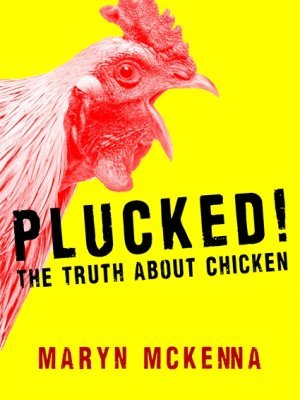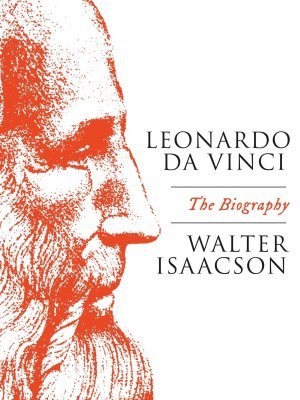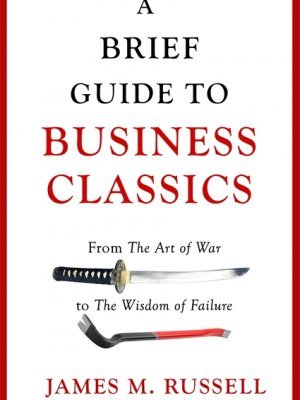LEONARDO DA VINCI – WALTER ISAACSON – SIMON & SCHUSTER UK – R545
With a string of bestselling biographies to his name – Steve Jobs, Albert Einstein and Benjamin Franklin among them – Walter Isaacson turns his attention to yet another so-called genius, Leonardo da Vinci. As with the others, the promise of his latest book is simple: pay close enough attention and some of the genius might even rub off on you.
As the creator of both The Last Supper and the Mona Lisa, Leonardo is already unquestionably one of the most studied and written-about artists in history, so what more does Isaacson add? His approach is through the 7 200 pages of doodles, scribbles, sketches, notes, random pensées and jottings that make up Leonardo’s Codexes. It represents about a quarter of what Leonardo actually wrote, but it is nonetheless a fascinating glimpse into the mind of someone described by art historian, Sir Kenneth Clark, as “the most relentlessly curious man in history.”
Isaacson’s thesis is that Leonardo’s “ability to combine art, science, technology, the humanities, and imagination remains an enduring recipe for creativity” along with his “relentless curiosity and experimentation” which should “remind us of the importance of instilling, in both ourselves and our children, not just received knowledge but a willingness to question it…”
Does Isaacson succeed? There’s no doubt that he has produced a compelling, highly readable portrait of Leonardo, using his formidable skills as a writer and journalist to draw the reader into 15th century Florence and Milan. But in doing so, he also reveals and even emphasises the great contradiction that lay in Leonardo’s heart: he was an inveterate procrastinator who not only abandoned commissions in a half-finished state but went to great lengths to avoid new ones.
Isaacson concedes the dichotomy by quoting Steve Jobs: “Great artists ship.” Leonardo shipped but rarely and only when he felt like it. It’s not a recipe for the modern business world.
PLUCKED! THE TRUTH ABOUT CHICKEN – MARYN McKENNA – LITTLE, BROWN – R315
Hard though it is to imagine, for much of humankind’s existence something as simple as a scratch from a thorn could prove fatal. The scratch itself wouldn’t have been the problem, but the frequent infection that often followed was. In the aftermath of epic battles like Waterloo (1805), post-battle infection claimed as many lives as canon or musket balls. It remained that way until the beginning of World War II when a wonder-drug called penicillin was discovered to be effective against infection-causing bacteria like Staphylococcus and Streptococcus. Penicillin was the first in a long line of drugs that came to be called antibiotics.
Food, especially meat, spoils in much the same way as human flesh when it is infected: decay and putrefaction set in and the food must be discarded. So it wasn’t long after the discovery of penicillin that food scientists and technologists wondered what might happen if antibiotics were administered to animals being bred for slaughter?
An Englishman called Jukes, working in California, came up with the answer. Administered in tiny quantities, mixed in with feed, antibiotics produced startling spurts in growth, particularly in chickens. Pigs and cows followed in quick succession; in no time at all industrial agriculture was consuming vast amounts of antibiotics, far more, in fact, than the amounts used by humans.
What followed is the truly frightening story told by Maryn McKenna in Plucked! In short, the wonder drugs stopped working for humans that consumed chicken or other meat given antibiotics to spur growth. The bacteria had become resistant to the drugs. As soon as a newly developed antibiotic was used, resistance appeared, and, more alarmingly, the different strains of bacteria seemed somehow able to pass the resistance between them.
McKenna sets out in great detail how, despite compelling proof of the damage being done, agricultural pharmaceutical companies conspired with industrial-scale chicken producers to continue using antibiotics and threatening to take humanity back to the age of deadly infections.
Her story has a happy ending, however. Bowing to intense public pressure, ‘Big Chicken’, certainly in the USA, has moved away from the use of antibiotics. She expects the beef and pork industries to follow soon.
HARVARD BUSINESS REVIEW ENTREPRENEUR’S HANDBOOK – HARVARD BUSINESS REVIEW PRESS – R630
So you want to start your own business – “go out on your own” – and you have a couple of good ideas. But maybe you’re not too clear on the best route to take or the steps involved. Or perhaps you think you have it all down but just need a checklist to make sure?
You could do a great deal worse than Harvard Business Review’s Entrepreneur’s Handbook, which applies and condenses a vast array of knowledge from the legendary magazine and its parent business school into a respectably sized volume.
It’s particularly strong at the very outset when it poses perhaps the most important question of all: Is starting a business right for you? In particular, “…what are the personal traits and backgrounds of people who become successful entrepreneurs?”
You are encouraged to undergo some rigorous self-evaluation to make sure that after you have jumped from your current existence, you don’t wake up the next morning sure that you have made a fatal mistake.
From there, the Entrepreneur’s Handbook takes you through a very clear, time-based sequence: Shaping an Opportunity, Building Your Business Model and Strategy, Organizing Your Company, Writing Your Business Plan and so on, all the way through the various kinds of finance needed at various stages of the company’s life to an IPO and the decision to sell and harvest the fruits of your labour.
There are also some very thorough appendices on Understanding Financial Statements, Breakeven Analysis, and Valuation, along with plenty of further reading on the many facets of entrepreneurship.
One caveat: this is an American book aimed at American readers, with many references to both US legislation, the US tax code and US business associations. Don’t let that deter you: the principles and practice of starting up your own company are the same worldwide.
A BRIEF GUIDE TO BUSINESS CLASSICS – JAMES M. RUSSELL – LITTLE, BROWN – R295
There are two ways of approaching this book. The first is to acknowledge that you have neither the time nor the desire to read every mighty tome written about business. But you do want to be able to nod knowingly when the Chairman or the MD makes a casual remark about Collins’ Good to Great, or Taleb’s The Black Swan. Here’s a single volume to keep by your bed or in your desk drawer that contains a short essay on 100 of the major business books and distils the key ideas in each book. For those of you with the attention span of a flea – or Donald Trump – there is even very short speed-read-summary of less than half a page about each book.
The second approach, perhaps slightly more nuanced, is to use this as a guide to those business books you haven’t yet read but feel perhaps you ought to. Author James Russell gives you the inside track on each one to help you make your decision.
Russell also offers his selection logically, going back in time to the first great supposedly business book, Sun Tzu’s The Art of War, written in 500BC, and takes us through to the present day, with slightly more of an emphasis on more recently published works that we might not have yet had the chance to read.
Happily, he also rubbishes when rubbishing is deserved, as with Keith Ferrazzi’s Never Eat Alone, which he says is “utterly exhausting and utterly depressing”. He is only marginally more polite about Donald Trump’s 1987 blockbuster The Art of the Deal (with Tony Schwartz).
Read several of Russell’s essays on these business classics in a single sitting, though, and you may also reach the conclusion that much of what is sold as startling management insight and insider know-how is no more than a glimpse of the blindingly obvious, well made-up and wearing a pretty frock.









